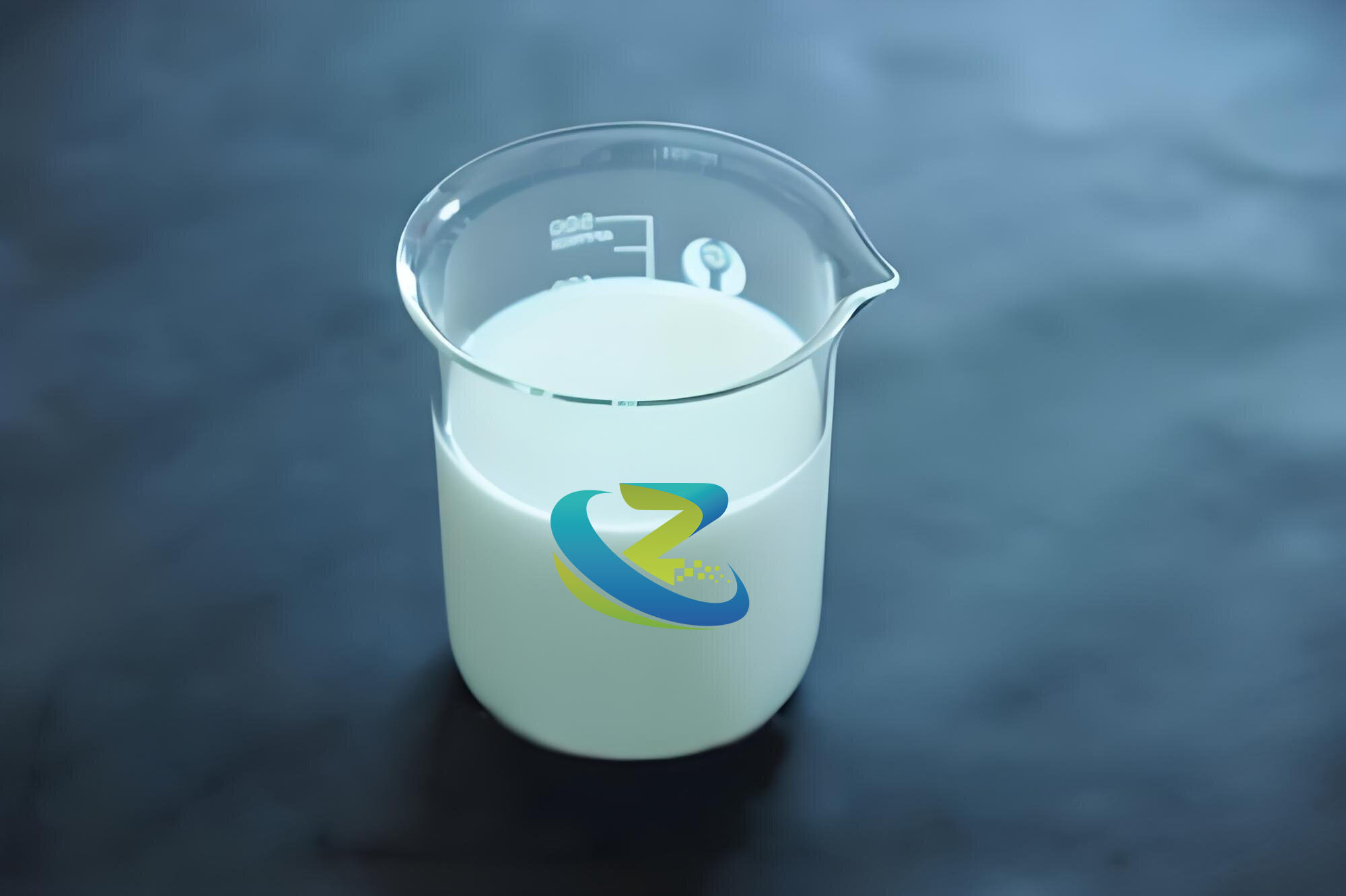In the coatings, inks, and adhesives industry, leveling agents are key additives for improving surface properties. They can effectively eliminate defects such as orange peel, shrinkage cavities, and brush marks on the coating film surface, enhancing the aesthetics and functionality of the product.
Leveling agents promote the uniform spreading of coatings on substrates by reducing surface tension. During the drying process, they migrate to the surface, forming a molecularly smooth layer and reducing surface irregularities caused by uneven solvent evaporation.
How to make the coating surface smoother? We need to match the suitable type of leveling agent according to the needs of different systems. For example, silicone-based (such as polyether-modified siloxane) has advantages such as high leveling efficiency and resistance to shrinkage cavities, but it may affect the recoatability. Acrylate-based has good compatibility and minimal side effects, suitable for water-based systems, but has weak effect on high surface tension substrates. There is also fluorocarbon-based, which has extremely high surface activity and is used in high-demand industrial coatings, but the cost is high.
Leveling agents are the "invisible engineers" behind the smoothness of coatings. Their selection and use must be tailored to system characteristics, process conditions, and environmental protection requirements. In the future, with the development of nanotechnology and green chemistry, leveling agents will become more efficient and intelligent, propelling the coating industry towards an era of "zero defect" surfaces.


 English
English
 Chinese
Chinese Vietnamese
Vietnamese
 HOME
HOME
 PRODUCT
PRODUCT
 NEWS
NEWS
 CONTACT
CONTACT


